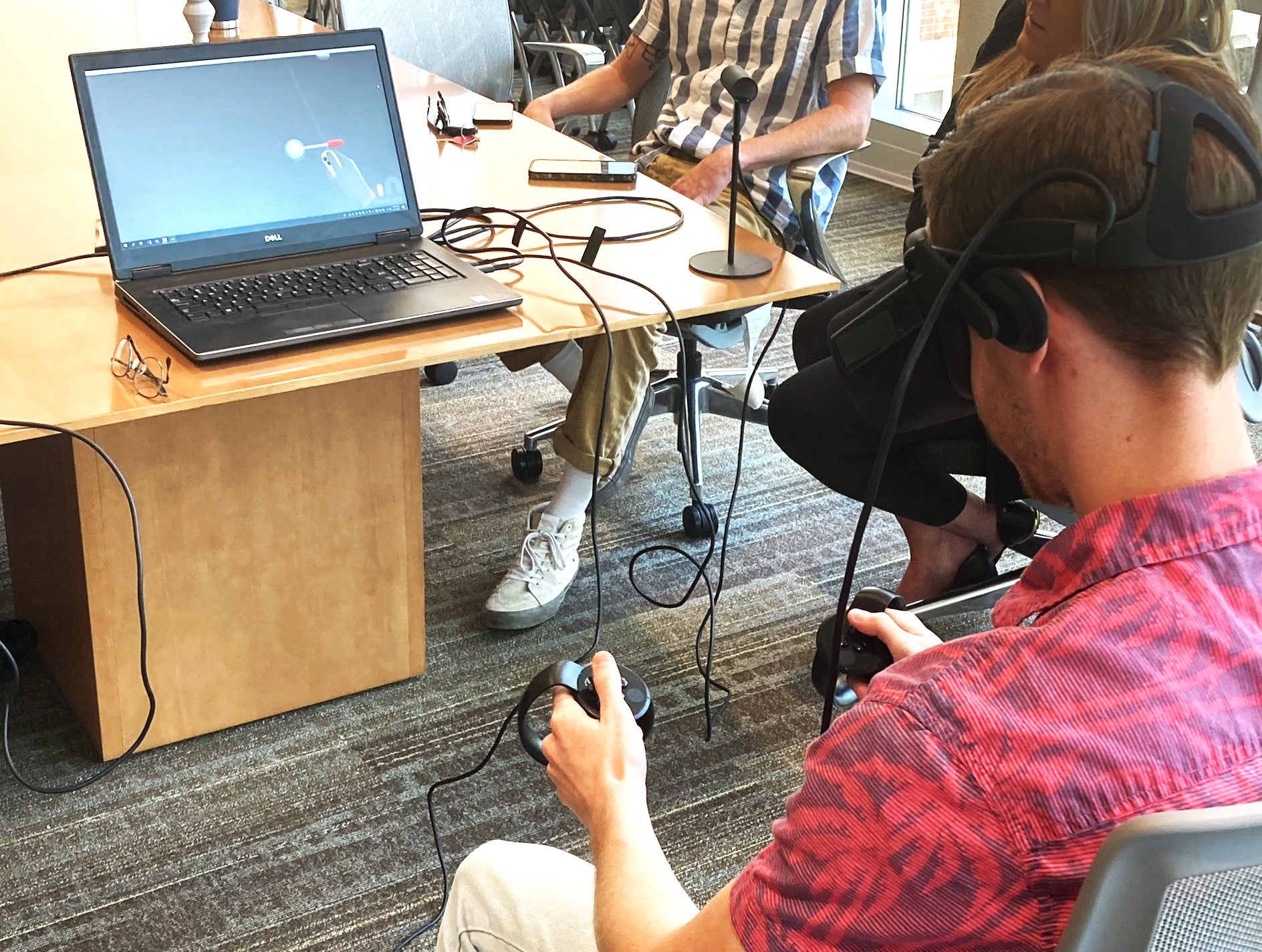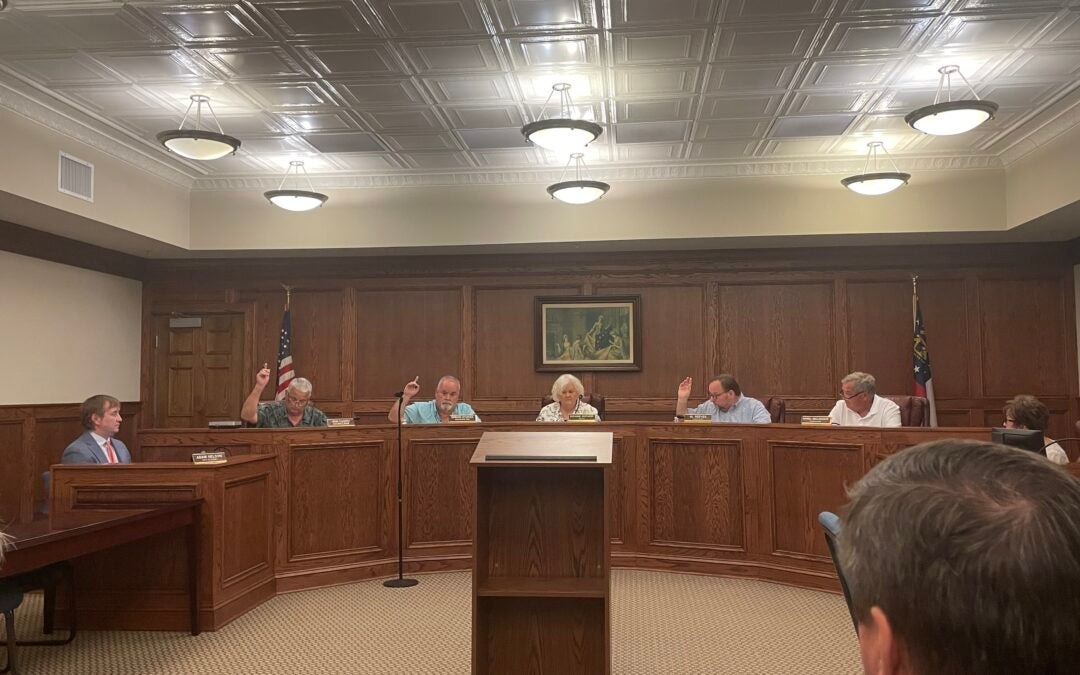Virtual reality has long been a stalwart tool for scientists and gamers, but remote working, online education and isolation because of COVID-19 demonstrated its value for others.
The rapidly growing field has moved beyond laboratories and gaming and is finding its way into fields ranging from entertainment to healthcare.
Lynsey Steinberg, board-certified medical illustrator and VR expert at Augusta University, said virtual reality is becoming a valued means to teach empathy and perspective across a broad spectrum of industries.
“So, in medicine imagining the perspective from an Alzheimer’s patient, or experiencing what it might be like for families in hospice care. These are all things that we are working on here at the university,” she said. “Our College of Nursing is doing an empathy care simulation with the Center for Instructional Innovation. We call that “Project LIVE”, Learning through Interprofessional Virtual Experiences. And that is changing education as we know it.”
MORE: COVID-19 vaccinations approved for younger children
Steinberg said they have a team focusing on grades K-through-12, working with community and school leaders, to develop interactive opportunities for so-called “gateway classes”, courses which have a high rate of students withdrawing or failing.
“What we have chosen to focus on is anatomy and physiology. So, working with schools in our local community, we can work with biology, or schools that maybe have dissection. Dissection can be hard because they don’t always have funds for all the frogs for dissection. Virtual reality opens up the door for dissection in anatomy, or just anatomy applications where they can learn. We start a successful pathway of students to learn even better, more engaging, and then bring in more growth, more opportunities for students right here to their pathway to college at AU,” she said.
During an Adobe Max conference, Steinberg saw a presentation of a man who was using VR to sculpt toys that he 3-D printed and sold as a business.
She took the idea to art studio technician Brian McGrath, in the department of art and design in the Pamplin College of Arts, Humanities and Social Sciences.
“It’s a cool perspective. Being artists, we live in this fantasy world, but then we create these objects that come back to reality. This has been a much further step in that and that we get to kind of work in this fantasy world and not just our real world,” said McGrath. “We’re seeing more students getting into this digital fabrication with 3d printers. And now sculpting in VR. I believe our faculty is getting more excited about this too. And we’re the kind of group of people that once we see a student piquing an interest, we provide all of that we can in front of them,”
Steinberg said use of VR is growing in factories, warehouses and the automotive industry as well as branching out into multiple fields of study at the university.

Junior Henry McCarter was one of the students to jump onboard.
“I like to try new things. I think it helps my practice since I’m a ceramicist. I think it kind of opens up my eyes to new forms, new shapes and possibilities. I might do something in here that I want to replicate on the wheel whenever I’m throwing. Sometimes I can make exactly what I make in here. I think that helps me with my art,” he said.
MORE: Funding will help provide physicians for underserved parts of Georgia
Steinberg said virtual reality is becoming more available, and affordable for people to use in their homes. Prices range from $300 to $700, depending on the type of headset you buy.
“If you don’t have that, you can actually just purchase something like Google Cardboard, where you can actually put your phone inside one of these Google Cardboard and build it yourself,” she said. “Almost everybody has a phone in every single household and you can experience most VR. Let’s say YouTube videos. You put that in a Google Cardboard, so you can put your phone inside of that and experience that.”
The Google Cardboard app is available for iPhone and Android cell phones. The Cardboard is available to purchase at: https://arvr.google.com/cardboard/ for as low as $9. That site also has instructions on how to build a device at home.
Dana Lynn McIntyre is a general assignment reporter for The Augusta Press. Reach her at dana@theaugustapress.com











